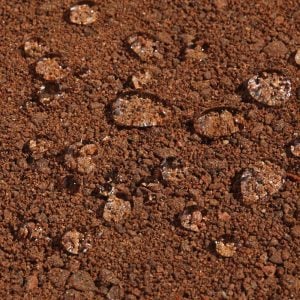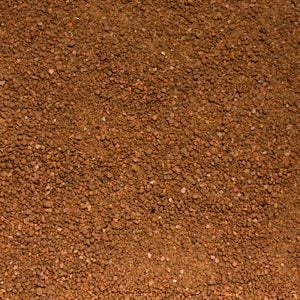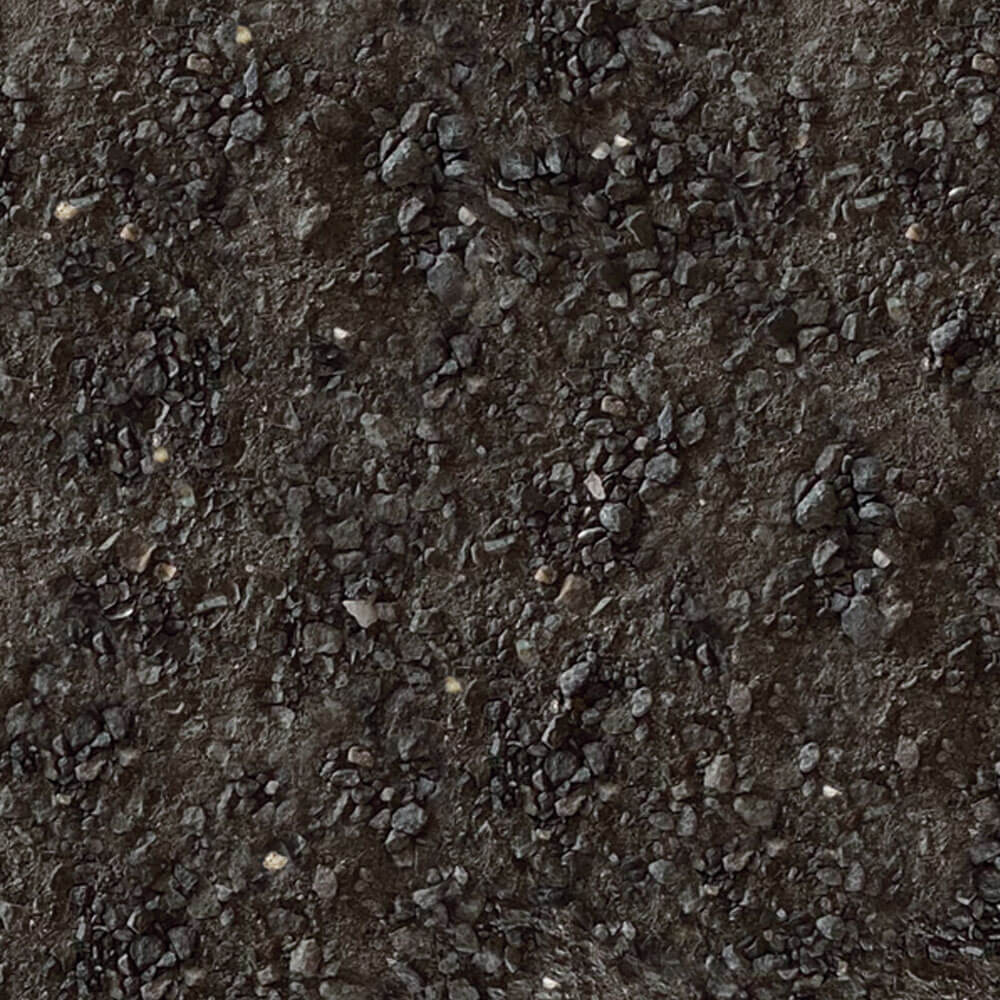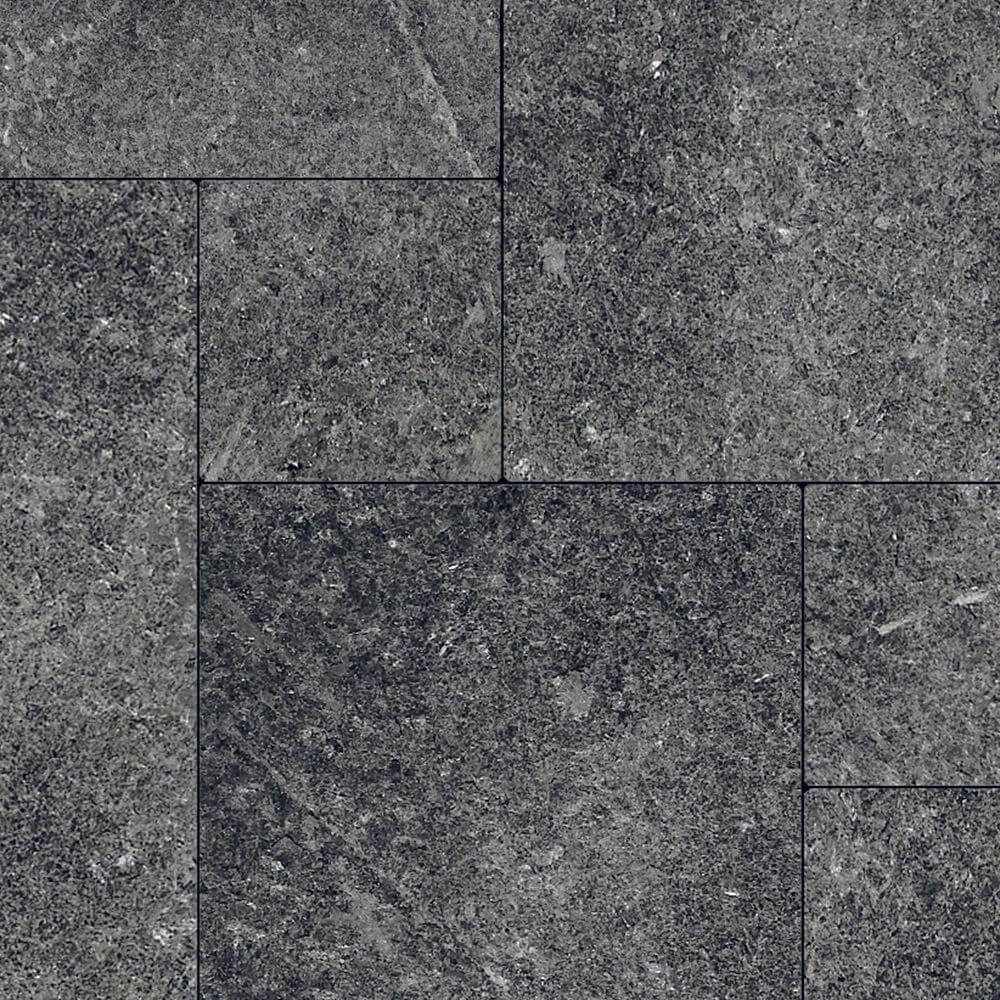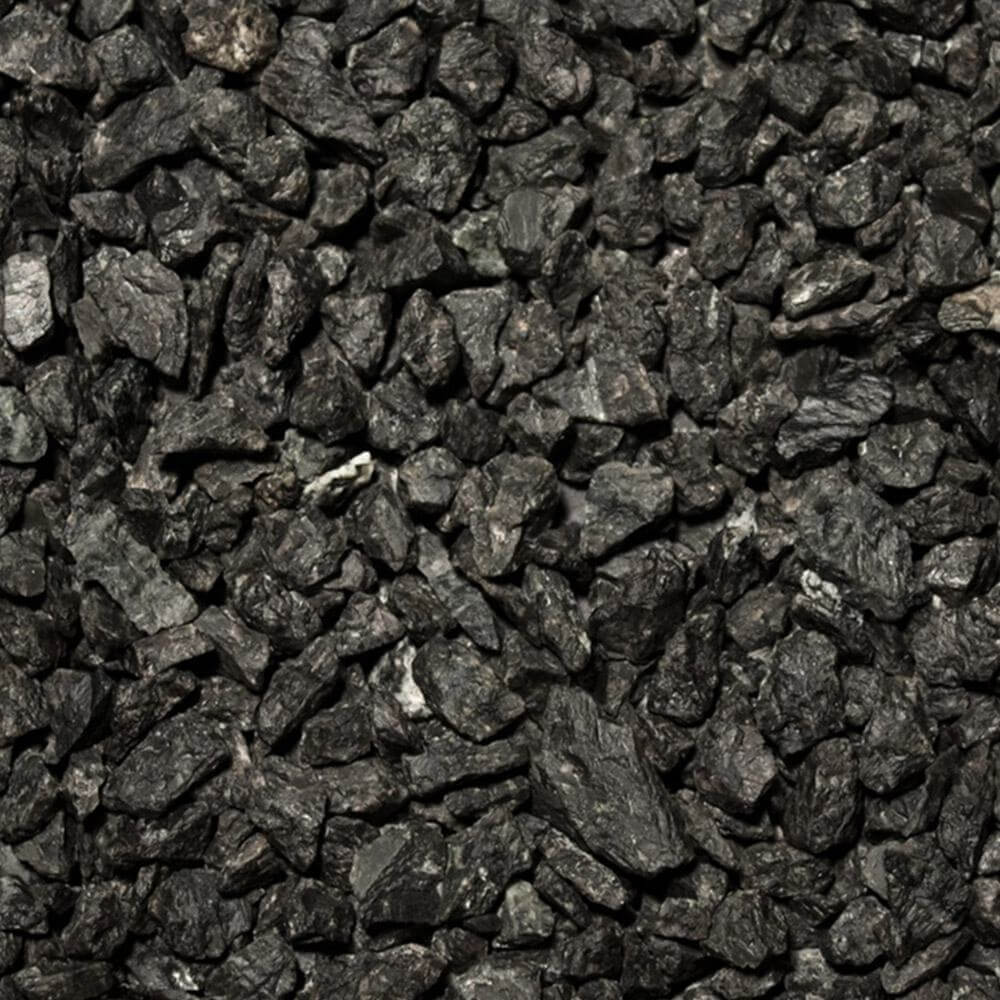Ballyard Materials

Play Ball, Not Catch-Up
Kafka Granite produces a variety of softball and baseball field surface materials that are guaranteed to keep you on the field. We take pride in offering the highest quality infield dirt and warning track mixes — suitable for all price points, from little leagues to the major leagues
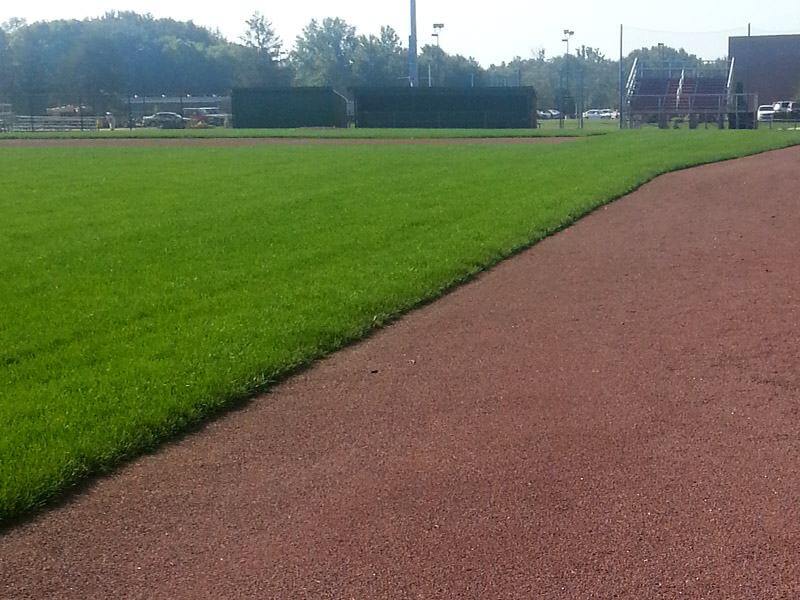
Which Material Is Ideal for My Project?
Determining which Kafka Granite Ballyard Material is right for your project depends on a number of variables. Need a baseball diamond mix to reduce rain delays? Kafka’s Wax Polymer Ballyard Materials or Stabilized Ballyard Materials are perfect for your project. Want maximum water permeability? Kafka’s Standard Ballyard Materials are your best choice. Looking to reduce the amount of maintenance on your fields? Kafka’s Stabilized Ballyard Materials or Wax Polymer Ballyard Materials will fulfill your needs.
Review the attributes of each baseball infield mix below to determine which one of our Ballyard Materials is best suited for your specifications.
| STANDARD BALLYARD MATERIALS | STABILIZED BALLYARD MATERIALS | WAX POLYMER BALLYARD MATERIALS | |
|---|---|---|---|
| Description | Our natural stone is crushed and sized to create a consistent surface that compacts well, while allowing for maximum drainage. | Our Standard Ballyard Mix is pre-blended with an organic stabilizing binder to create resilient surfaces with minimal dust or mud. | Our Standard Ballyard Mix is combined with a polymeric wax to create an impermeable surface that is completely free of mud or dust. |
| Erosion Resistance | |||
| Permeability | |||
| Dust/Mud Resistance | |||
| Maintenance Required | MOST | SOME | LEAST |
| Ease of Installation | EASY | MODERATE | EASY |
| Wheelchair Accessible | |||
| Price | $ | $$ | $$$ |
| Learn More | Learn More | Learn More |
Infield Materials
Warning Track Materials
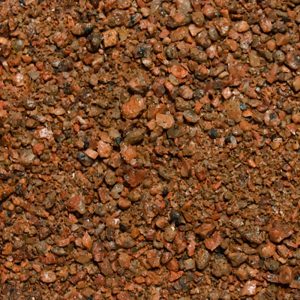
Rustic Warning Track Mix
Standard | Stabilized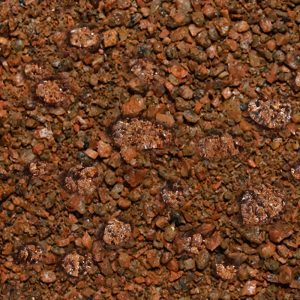
Rustic Warning Track Mix
Wax-CoatedAfter working with Kafka Granite, there is no other place to go for sport field needs. With customer satisfaction like you receive from Kafka, you will keep going back.—Randy Stoneberg, Supervisor of Grounds at Northwestern University

Looking for a Custom Solution?
Kafka Granite takes pride in providing customized solutions to address customer needs. Whether you need a specific color or particular material for your project, Kafka can deliver the perfect result. All of our natural Ballyard Materials are produced as they are ordered, allowing for customization options.
Contact UsFrequently Asked Questions
Kafka’s Ballyard Materials are made of high-quality decomposed granite — providing the durability to withstand a variety of environments and competition levels. We’ll help you find the infield and warning track mix that works best for you, taking into consideration your priorities and budget.
When you work with Kafka, you can rest assured knowing you’ll receive top-quality aggregate. Our Standard, Stabilized and Wax Polymer Mixes will make your ballfield stand apart from the rest, providing a beautiful, safe and stable surface for America’s pastime.
Our Ballyard Materials are available to outfit the infield and warning track of your ballfield. We offer standard, stabilized, and wax polymer infield and warning track mixes for any level of baseball or softball.
Our selection of ballyard materials is sure to meet your needs, whether you need to build a field from the ground up or simply want a fresh coat with a topdressing.
Kafka has standard, stabilized and wax polymer options for infields and warning tracks. All are made from our high-quality decomposed granite in a beautiful reddish brown color. Here’s a brief overview of the differences between each to make your ball yard materials selection easy:
Standard Ball Yard Mix
Ideal as an infield’s fresh topdressing or as your warning track mix. Made from DG and crushed to a size that allows for maximum permeability and stability. The warning track mix is coarser than our Infield Topdressing to give an extra “crunch” under foot.
Stabilized Ball Yard Mix
As premium derivatives of our standard ball yard mixes, this decomposed granite-based mix is pre-blended with a stabilizing organic binder. It retains moisture, requires less maintenance and virtually eliminates mud. Ideal for a new infield or warning track.
Wax Polymer Mix
Wax Polymer mix is ideal for the infield and warning track. Wax Polymer mix is made from Kafka’s standard DG and a water-shedding wax polymer. This state-of-the-art mix renders fields waterless, dustless and mud-free. No need for watering and is crushed to the perfect size for stability and ball-hops.
